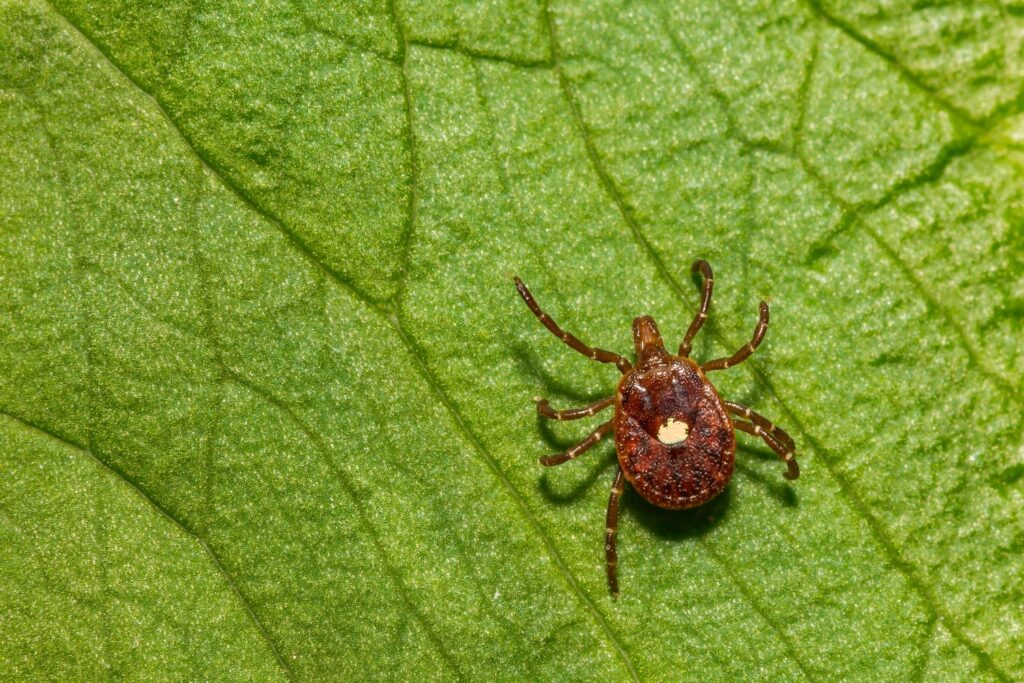The rising incidence of food allergies has underscored the need for innovative solutions to address these life-threatening conditions. Among these allergies is the alpha-gal syndrome, a rare but increasingly prevalent allergy to red meat that is transmitted by the bite of the lone star tick.
The condition, which can cause severe allergic reactions, including hives, swelling, and even anaphylaxis, has become a significant concern as the habitat of these ticks expands due to climate change. The increase in affected individuals highlights the urgent need for effective treatment options that go beyond the traditional approach of avoidance and desensitisation.
Recent research led by the University of Michigan offers a promising new approach to tackling alpha-gal syndrome and other food allergies. Scientists have developed nanoparticles designed to retrain the immune system, reducing its adverse reaction to specific allergens. In the case of alpha-gal syndrome, these nanoparticles contain allergens that specifically target the type of sugar found in red meat, including beef, pork, and lamb. The innovative treatment aims to prevent the immune system from mistakenly identifying these sugars as harmful, thereby averting the severe reactions associated with the condition.
In a study conducted on mice, the nanoparticles were delivered intravenously, with researchers at the University of Virginia subsequently exposing the test subjects to ticks to trigger an immune response. Remarkably, in 10 out of 12 mice, a significantly reduced immune response was observed, suggesting the nanoparticles’ potential to mitigate the effects of alpha-gal syndrome. The promising results provide hope for a future where those affected by this condition might no longer need to avoid red meat entirely.
Professor Lonnie Shea, the Steven A. Goldstein Collegiate Professor of Biomedical Engineering at the University of Michigan and co-corresponding author of the study, emphasised the broader implications of this research. “Treating food allergies usually means desensitising patients to the allergen so that their immune system does not react inappropriately,” Shea explained. “Our nanoparticles, when introduced prior to or after sensitisation, have been remarkably effective in reducing the immune response in multiple food allergies. There is the potential here for a platform technology that can be used to address a variety of food-allergic responses.”
The approach taken in this study is particularly noteworthy given the challenges associated with traditional allergen-specific immunotherapies. Typically, these therapies require patients to be exposed to the allergen regularly, either through oral or skin-based methods, over an extended period. This process can take months or even years and often results in the patient’s allergies returning if the therapy is discontinued. The new nanoparticle treatment, by contrast, aims to achieve long-term tolerance with just a few doses, potentially offering a more efficient and lasting solution.
Loren Erickson, an associate professor of microbiology, immunology, and cancer biology at the University of Virginia, and co-researcher on the study, highlighted the significance of these findings. “We found that treatment with several doses of nanoparticles reduced certain allergic reactions that were linked to changes in the immune response to alpha-gal,” Erickson said. “While these findings highlight the first therapeutic potential of nanoparticles to treat red meat allergy, we’re calling for further studies to better understand the implications and the long-lasting effects of nanoparticle treatment.”
This study is part of a broader effort to develop allergen-encapsulating nanoparticles that could be used to treat various food allergies. Earlier research published in May demonstrated that similar nanoparticles were effective in preventing anaphylaxis in mice during allergy tests for more common allergies, such as those to eggs and peanuts. The success of these trials suggests that this technology could offer a new avenue for treating multiple food-related allergic conditions.
In addition to its potential in treating alpha-gal syndrome, this nanoparticle platform has also shown promise in addressing autoimmune conditions. The technology has completed a phase two clinical trial for celiac disease, an autoimmune disorder triggered by gluten. This broad applicability underscores the versatility and potential impact of nanoparticle-based treatments in managing immune-related conditions.
Jessica O’Konek, a research assistant professor at the University of Michigan’s Mary H. Weiser Food Allergy Centre and co-corresponding author of the study, explained the ultimate goal of this research. “Our goal with the allergen-encapsulating nanoparticles is to retrain the immune system to be tolerant to the allergen with a small number of doses, with the ultimate goal of achieving long-lived tolerance,” O’Konek stated. By offering a treatment that could provide long-term relief after just a few doses, this research represents a significant step forward in the management of food allergies.
As the prevalence of alpha-gal syndrome and other food allergies continues to rise, the development of innovative treatments like these nanoparticles offers hope for those affected. While further studies are needed to fully understand the long-term effects and potential of these treatments, the research conducted by the University of Michigan and its collaborators marks a promising advance in the fight against food allergies.
Author:
Arnold Kristoff
Content Producer and Writer
Nano Magazine


